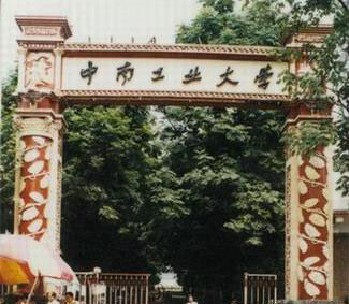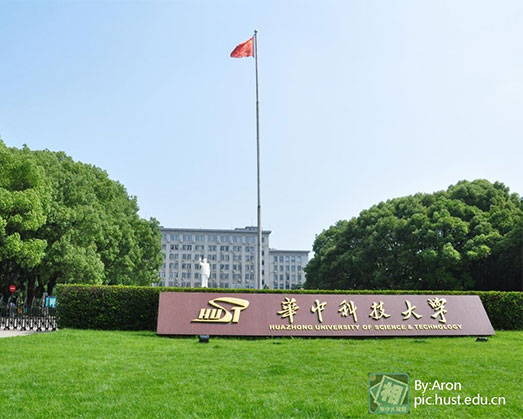Geological Museum of Central South University of Technology

The museum was established in 1952 on the basis of merging the sample exhibition rooms affiliated to the mineral and metallurgical departments of Zhongshan University, Guangxi University, Hunan University, Wuhan University, Nanchang University and Beijing College of Technology (present name is Beijing Institute of Technology). The museum was expanded in 1987 and began to use the present name of the Geological Museum of Central South University of Technology.
The museum covers an area of 750 square meters, displaying the exhibits mainly in enclosed and mobile cupboards. There are seven exhibition rooms, namely the dynamic geology, the geological history of ancient distinct animals and plants, minerals, rocks, deposits, precious stones and jade, and the development of mineral resources, one storage room and one research room. There are over 14,000 geological samples from all over China, including the rare samples of the fossil of a group of large trilobites of the Ordovician Period from Dayong and Yongshun in Hunan Province, the unique large-scale stibnite in the world, crystal clusters of orpiment and realgar, cinnabar, octagon-surfaced mono crystal of scheelite, and the fragrant flower crystal unique in China as well as the iron-nickel meteorite and iron-rock meteorite. There are also rare samples of extinct animals and plants, minerals, rocks and deposits from over 10 countries in the five continents, namely the Soviet Union, the United States, France, Britain, Germany, Japan, Korea, Mongolia, Tanzania, South Africa and Australia.

The Theory of Low-Lying Land, one of the ground structural schools of China founded by the renowned Professor Chen Guoda in 1956, is well displayed in the museum. Also on exhibition as the key exhibits are the super large or large ore fields and deposits of stibium, lead, zinc, tungsten, tin, and bismuth in Hunan, mercury in Guizhou, copper and nickel in Gansu, and tin in Yunnan.
News&Opinion
 more
more- OFFICIAL LAUNCH OF BFSU ACADEMY OF REGIONAL AND ...
- G20: Hangzhou wins world's attention
- How To Buy Happiness - The Investment Of Travel
- Goodbye, Rio; hello, China
- 2016 Yunnan-Thailand Education cooperation and e...
- Nice to meet you---你好中文!
- China sending largest-ever team to Rio
- Going to a top university ’no guarantee of getti...
Policy&Laws
How to Get one Job in China---Beijing policy
A foreigner, right, shows his job application form at a human resour...
Guilin to offer 72-hour visa-free stays
GUILIN - The city of Guilin in South China's Guangxi Zhuang autonomo...
further strengthening the visa regulation of int...
After the promulgation of new Immigration Control Act in China, Entr...





 print
print  email
email  Favorite
Favorite  Transtlate
Transtlate 








